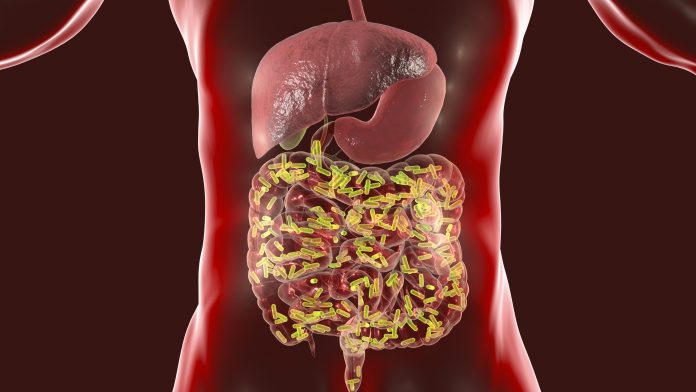
The balance of microbes in the human gut varies substantially from morning to night and even more by season, researchers at University of California, San Diego (UCSD) have found. Fluctuations, they say, completely transform the microbiome from summer to winter.
This could affect research studies. The timing of stool sample collection, for example, might impact results. Also, the influence of the microbiome on responses to other medications could be different depending on the season.
“The seasonal variations we see in conditions like allergies or the flu occur in context of completely different microbiomes,” said Carolina Dantas Machado, PhD, the study’s lead author and a researcher in the laboratory of Amir Zarrinpar, MD, PhD, at UCSD.
“We may need to put our understanding of how seasons affect health and disease in context of a microbiome that is much more variable and dynamic than we have previously thought.”
This team’s study will be presented (abstract 395) at Digestive Disease Week (DDW) 2023 on May 7.
The microbiome—bacteria that live in and on the body—accounts for about half of the cells that make a human, and fluctuations in the makeup of the microbiome could have wide-ranging implications for health and medicine.
From a drug discovery and development perspective, the earliest focus has been on treatments for Clostridicioides difficile infection (CDI), which is often hospital-acquired. It causes serious gastrointestinal symptoms and sometimes death.
In November 2022 the FDA approved Rebyota, the first fecal microbiota-based treatment for prevention of recurrent CDI. This treatment is administered rectally as a single dose and is prepared from stool donated by qualified individuals. Just this week, the agency approved Vowst, which is a pill that containes purified Firmicutes spores (from feces) to readjust the patient’s microbiome. It is the first approved orally-administered microbiota-based therapeutic.
For this study, the UCSD researchers reviewed data for about 20,000 stool samples collected by the American Gut Project, the world’s largest citizen science microbiome project, from countries around the world between 2013 and 2019.
Analyzing the collection time, date and location, the team found nearly 60% of the phyla— related groups of bacteria—have a distinct 24-hour cycle. Seasonal fluctuations were even more pronounced, with certain types of bacteria following one of two distinct patterns over the course of a year.
They present two examples they says illustrate some of the numerous daily and seasonal trends identified: The number of organisms known as Actinobacteriota fluctuated during the day, with lower levels in samples taken in the morning and much higher levels found toward the end of the day. Also, over a year, Proteobacteria consistently dip to low levels in the winter and steadily rise until peaking in the summer.
Zarrinpar and his colleagues think that diet and sleep are likely big factors in daily fluctuations.
“You can imagine that the gut environment is radically different in terms of nutrient and water availability and pH when the person is sleeping compared to right after they eat breakfast,” Zarrinpar said.
Seasonal variation is harder to explain, but researchers are exploring data by latitude and climate, which could indicate whether light and temperature play a role. Pollen and humidity are among other possible influences.
